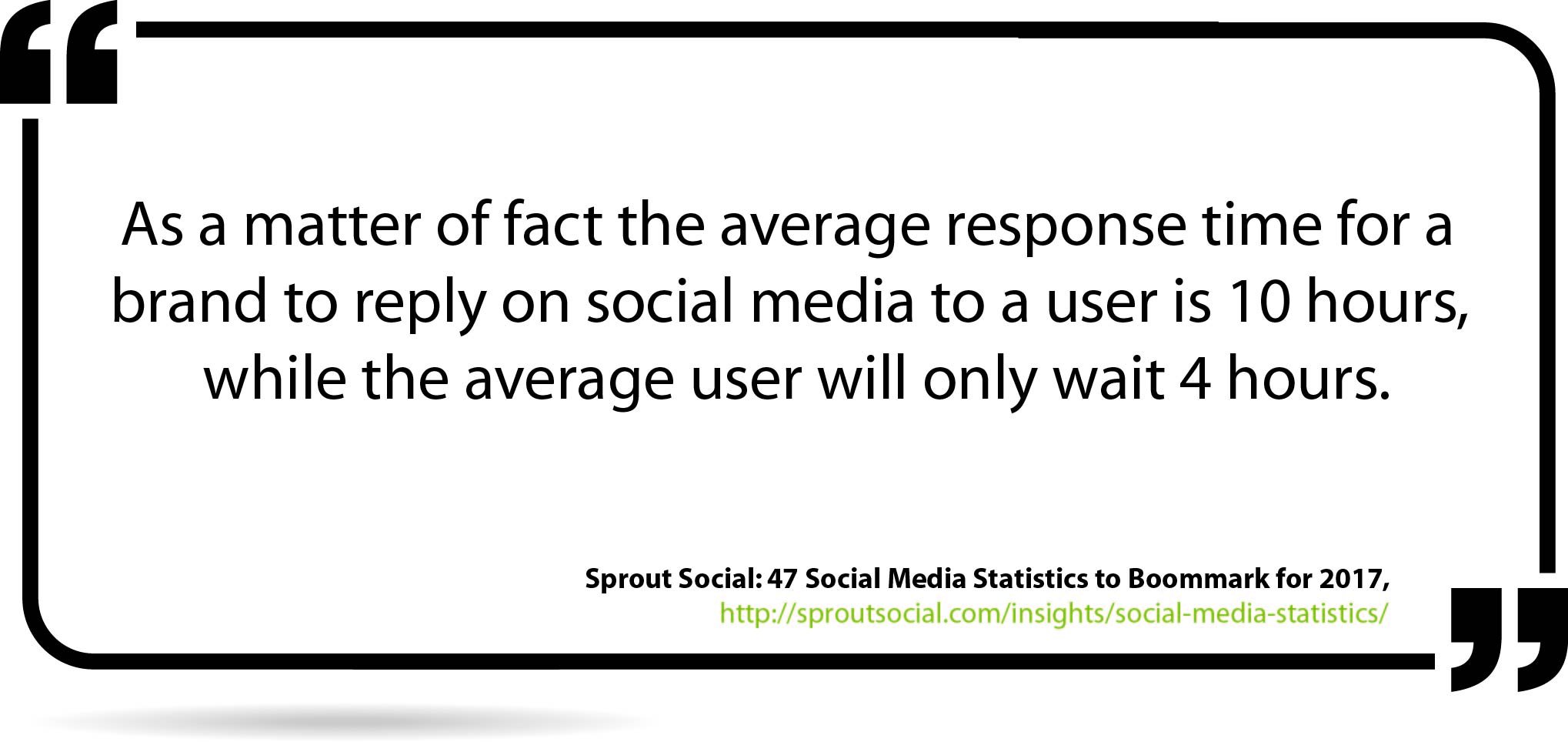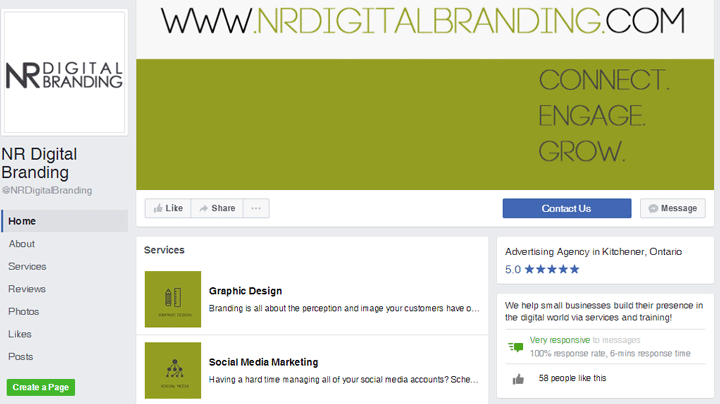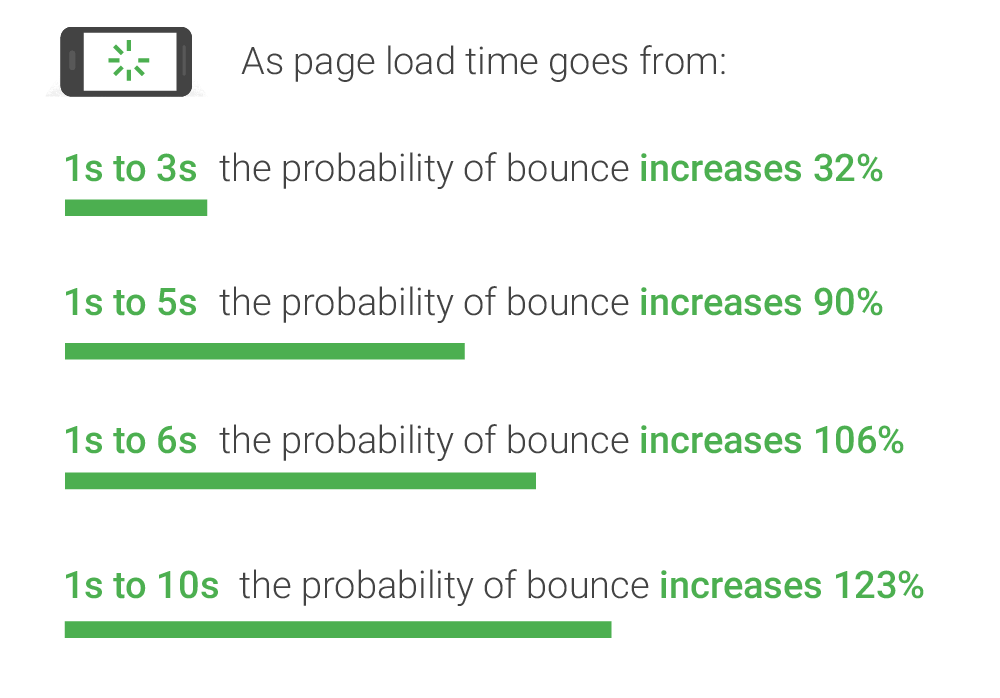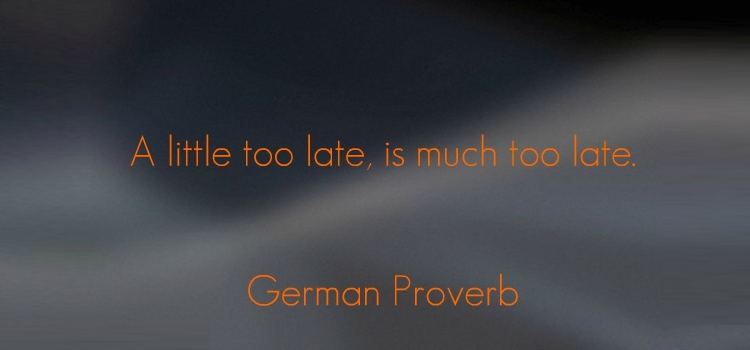How many times have you heard that content is king as far as digital marketing is concerned? Well, context is just as important as content. Imagine you’re the owner of a professional photography camera store. A blog post you recently published on the comparison between Canon and Nikon brands gets a visitor who is just starting out, looking to do some research on the types of cameras that photographers use. They decide to sign up for your newsletter because they found the blog post helpful; hip, hip, hoorah! Now you have the ability to create a personalized message for this new email member. Realistically that message isn’t going to be “See the glaring difference professional photographers see between Canon and Nikon” and then have the link go back to the same blog post they already read.
Alternatively you might want to first welcome them for joining the list and introduce your company, people behind the content, etc. In that introduction it wouldn’t be a bad idea to include a link to a say a free guide such as “Complete Guide on Selecting the Right DSLR Camera”. By doing this you are keeping context (or timeliness) of your marketing messages in tune with the subscriber’s buying journey.
Sending the customer back to the same blog, or even offering a brand new Canon model while they are still doing research will most likely result in a missed opportunity. Seldom do businesses get second chances in today’s competitive environment. In the above example the user is researching, your messages are pushing a sale. Help the user at every step of their decision making journey and they will become a customer.
Here are other important areas which benefit from timely digital interactions:
Customer Happiness
Did you know that quick response time is a critical factor in social media inquiries?
Even the 4 hour wait mentioned in the above stat is pushing it. Users that are searching for answers are looking to get them as close to as real-time as possible. Going back to our camera example – imagine someone purchasing a Canon camera from an online photography store and they aren’t sure which type of lens is compatible with the camera. If the shopper posts a question directly to the organization’s Twitter or Facebook page, the sooner it is answered the sooner (and easier) they can complete their purchase. Waiting for too long could see the potential customer go elsewhere.
Listen, engage and be available.
Some networks (Facebook being the big one) even reward your page with “Very responsive” message if you respond to inquiries quickly; letting your customer know they will get an answer in a timely manner (even estimates how long they might wait for a response):
Visitor’s Experience on Your Website
Take a look at the below statistics from Google Best Practices:
Bounce rate refers to the percentage of visitors who leave your website after visiting one page.
Why is this important?
The higher the bounce rate, the more likely the visitor is to leave.
Based on the stats above having a page load time of up to 6 seconds could increase the probability of a bounce (or someone leaving) by as much as 103%!! You don’t want your users to leave because a page took too long to load, do you? User experience is not only limited to load times – having the correct navigation to help your users find content easily is crucial.
Major thing to note here is that the use of mobile devices has made responsive (or mobile friendly) websites a MUST for every type of small business. Before you do anything take a look at your website on a smartphone, tablet and different devices. If it isn’t eye or click friendly make this your #1 priority. Not only will your users have a bad experience but slow load times could result in lower rankings on Google and other search engines.
Search Engine Rankings
For a long time now Google has openly indicated that page load time is a direct factor in getting your pages ranked higher in search results [source]. While it’s not a HUGE factor, it is a factor. And if your business is jockeying for a top spot in search results with a direct competitor, having the slightest of advantages can result in the top spot. If you have someone dedicated to optimizing your website for SEO be sure to ask about page speed and if it’s part of the optimization plan. Having quick loading pages not only helps your pages rank higher but gets more sales as well.
Direct Impact on Sales/Goals
More often than not, it’s easier to keep existing customers than it is to find new ones. And the timeliness for your web pages to load could discourage both existing and their referrals (potential customers) from doing any shopping or interaction with your website. According to a recent Kissmetric article, slow load times can cost your business a lot in sales:
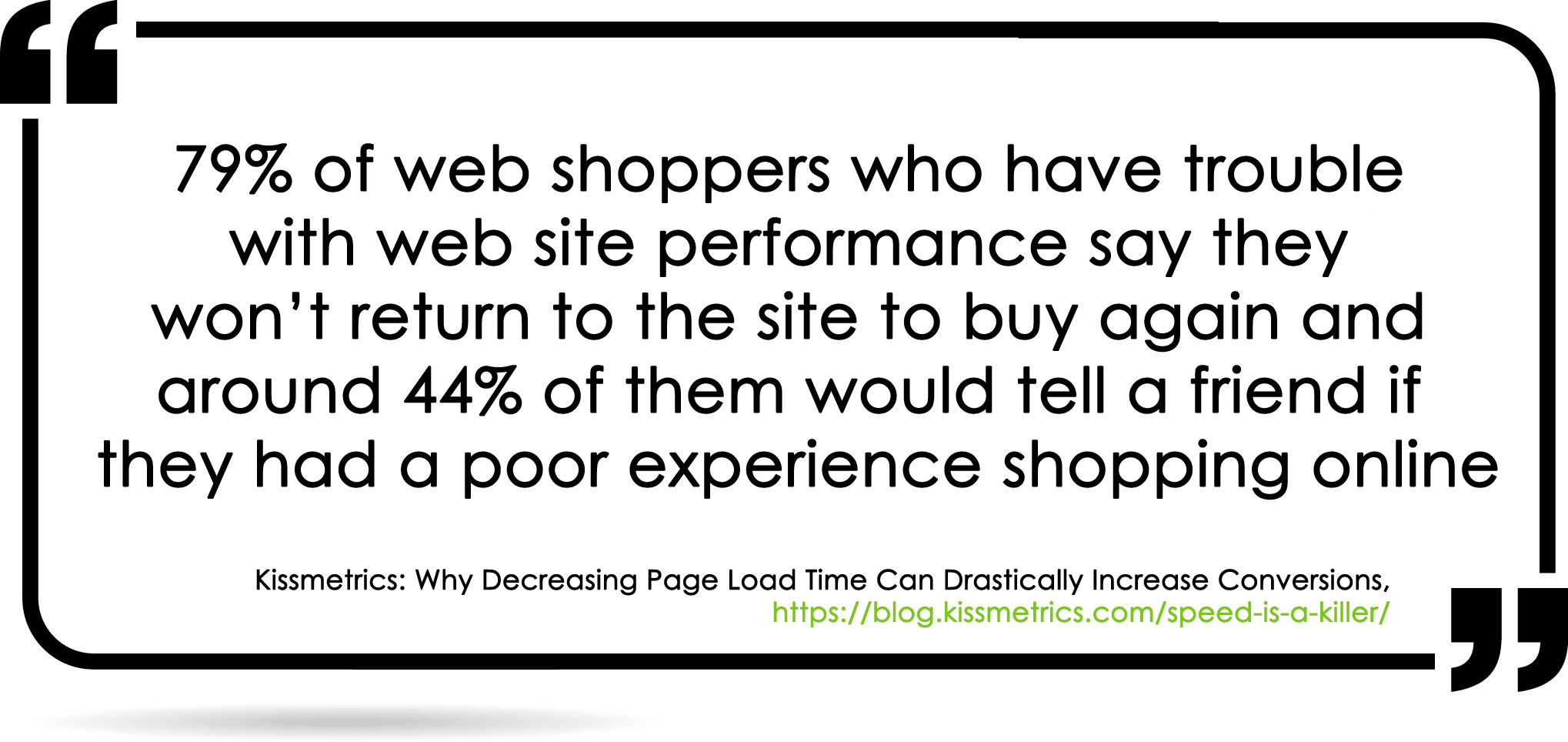
If there is one thing to take away from everything pointed out above, please take away this: don’t be late (pun intended) on providing the right service, to the right people in a timely manner. It could make a big difference on your bottom line.

